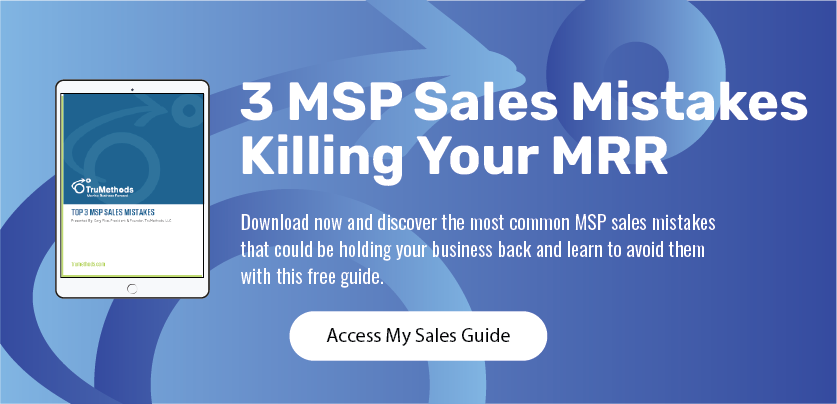Operating your business at the seat of your pants is a recipe for disaster, as many of us can attest firsthand. But, the same goes for running sales meetings with your salespeople. Without a well-defined structure in place, a sales meeting will produce nothing meaningful and waste everyone’s valuable time. Nothing will get accomplished, nobody will be held accountable, and you won’t sell monthly recurring revenue (MRR) at the right price for very long.
While there are plenty of books about running effective meetings, many of which are well-written and actually pretty good, the sales meeting is a different animal altogether. It’s designed to help you with building and scaling a sales engine, one that produces consistent results — and that requires a different take on meeting structure.
The purpose of the sales meeting is simple — discipline, accountability, education, and positive coaching. You can apply this approach to your sales meetings no matter how many salespeople you have. I know from experience.
If you don’t know me well, you may not know this, but TruMethods isn’t my first business. (Surprise, surprise!) I’ve owned and successfully sold several MSPs throughout the course of my 30-year career in sales. And when I had my first MSP, there was a time when I was the only person at my sales meetings initially (and boy was I hard on myself). I eventually got the hang of structuring my sales meetings in a way that would produce my desired results.
Here’s the thing: The size of your sales team doesn’t matter; the same sales meeting structure applies.
But if you’re lucky enough to have a sales team, your sales meetings should include several other people besides you, including your sales manager, your inside salespeople, your outside salespeople, your marketing person, and possibly your vCIO (it’s good practice to keep your vCIO informed about the deals in your pipeline).
Before they attend your sales meeting, make sure they’re prepared. For instance, they should bring their TruMethods playbooks and be ready to discuss activities, and review first-time appointments (FTAs) and appointments for the week. Once all the right players are together (and they’ve come prepared), commence your meeting.
Understanding what a sales meeting is and isn’t determines the success of your meeting. Great sales meetings deliver structure, brutal honesty, positive motivation, and rhythm. You should hold them weekly (preferably early in the week), ask tough questions during them, and hold yourself and other accountable. Any sales meeting should result in a culture of success, higher expectations, attitude, self image, and self-discipline, and command of the process of building a sales engine.
Bad sales meetings are the opposite. And never, ever use a sales meeting to do the following: explain away poor results, paint a rosy picture of the future, reprimand your team, or complain.
Structure is necessary for meaningful sales meetings. Without it, you run the risk of leaving money on the table.


